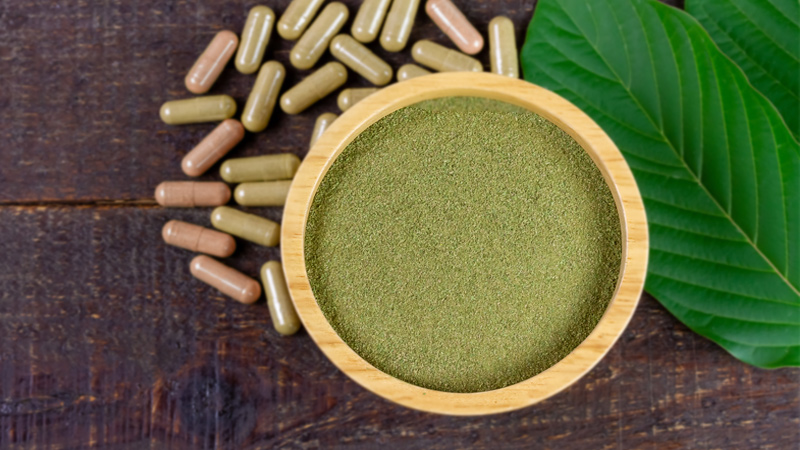Kratom tea has emerged as a notable alternative to traditional pain relief and relaxation methods, captivating the interest of those seeking natural remedies. Derived from the leaves of the Mitragyna speciosa tree, native to Southeast Asia, kratom has been used for centuries in its native regions for its unique effects on mood and pain. The preparation of kratom tea involves steeping the finely ground leaves in hot water, resulting in a beverage that offers a distinctive combination of pain relief and relaxation. Unlike conventional analgesics, which often come with a list of potential side effects and long-term health risks, kratom tea provides a more holistic approach to managing discomfort. The active compounds in kratom, primarily mitragynine and 7-hydroxymitragynine, interact with the opioid receptors in the brain, producing effects that can range from mild stimulation to substantial pain relief. At lower doses, kratom tea can have stimulating effects, increasing alertness and energy, similar to a caffeine boost. This makes it a potential option for those needing a gentle push in their daily activities without the jitteriness associated with stimulants.

On the other hand, at higher doses, bali kratom tea can have sedative effects, which may help with relaxation and alleviating symptoms of anxiety and stress. This duality in its effects allows users to tailor their consumption based on their specific needs, making kratom tea a versatile addition to the realm of natural wellness options. One of the primary advantages of kratom tea over traditional pain medications is its natural origin and the absence of synthetic chemicals, which often carry risk of dependency and adverse side effects. However, it is essential to approach kratom with caution and awareness. The regulation and safety of kratom vary widely, and its use has been met with scrutiny in some regions due to concerns about its potential for addiction and the variability in product quality. Consequently, it is crucial for users to source kratom from reputable suppliers and to be mindful of dosage to minimize potential risks.
In addition to its potential as a pain relief agent and relaxation aid, kratom tea is also praised for its potential benefits in managing certain withdrawal symptoms from substances like opioids. For individuals in recovery, kratom tea might offer a transitional aid in reducing cravings and easing the discomfort of withdrawal, though it should not be seen as a replacement for professional medical support. Despite its growing popularity, kratom tea remains a subject of ongoing research and debate within the medical community. As more studies are conducted, a clearer understanding of its benefits and risks will emerge, helping users make informed decisions about its incorporation into their health routines. For that considering kratom tea, it is advisable to consult with a healthcare provider, particularly if they have pre-existing health conditions or are taking other medications. In summary, kratom tea offers a soothing and natural alternative to traditional pain relief and relaxation methods, with its ability to provide both stimulating and sedative effects. As with any supplement, informed and cautious use is key to harnessing its potential benefits while minimizing risks.